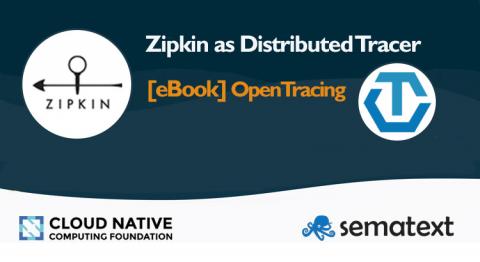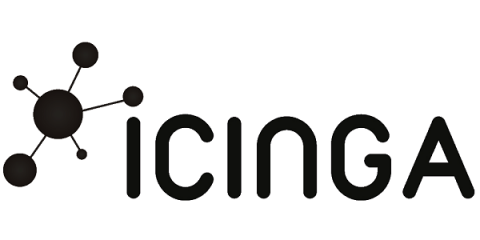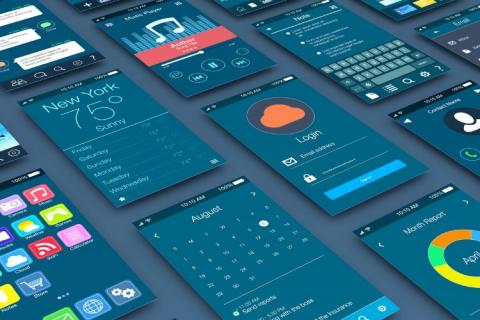Single Sign-on is here!
We’ve added a new feature we think you’ll want to hear about—Single Sign-on. Uptrends is now compatible with Single Sign-on. Single Sign-on (SSO) is a great way to easily manage user accounts, improve productivity, and improve security, and now you can use SSO with Uptrends.









